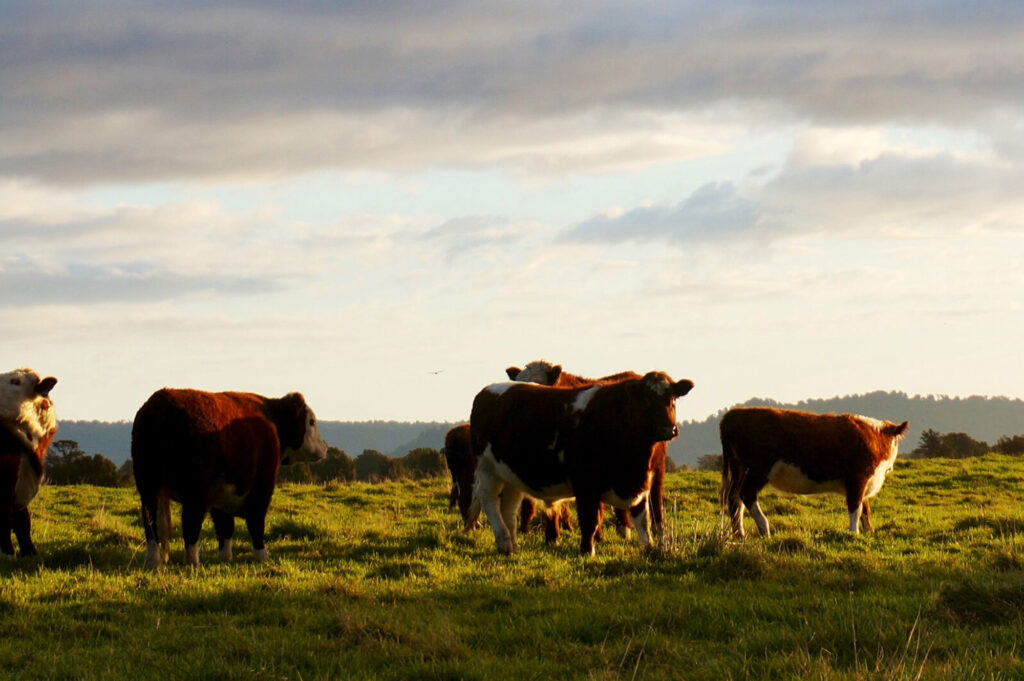Manure lagoons, while a common feature of industrial-scale livestock farming, represent a significant environmental challenge. These large, open-air pits are used for the storage and treatment of animal waste, primarily on concentrated animal feeding operations (CAFOs). While initially designed as a solution for waste management, manure lagoons present a range of environmental concerns that require careful attention and innovative solutions.
Environmental Concerns of Manure Lagoons
1. Water Contamination:
One of the primary concerns associated with manure lagoons is water contamination. When not managed properly, these lagoons can leak or overflow, releasing excess nutrients, pathogens, and pollutants into the surrounding environment. This contamination poses serious risks to water quality, leading to pollution of rivers, lakes, and groundwater sources. The presence of high levels of nutrients such as nitrogen and phosphorus can fuel algal blooms, leading to oxygen depletion and harmful effects on aquatic ecosystems.
2. Air Pollution:
Manure lagoons are also significant sources of air pollution. As the waste decomposes anaerobically, it releases methane, a potent greenhouse gas that contributes to climate change. Additionally, lagoons emit ammonia and other volatile organic compounds, which can degrade air quality and pose health risks to nearby communities. The foul odors emanating from these lagoons can also impact the quality of life for residents in the vicinity, leading to complaints and concerns about air pollution and nuisance odors.
3. Public Health Risks:
Exposure to contaminants from manure lagoons can pose serious health risks to both humans and animals. Pathogens such as E. coli, Salmonella, and Cryptosporidium can contaminate water sources and cause gastrointestinal illnesses in humans. Additionally, airborne pollutants from lagoons can exacerbate respiratory problems and other health issues, particularly for individuals living in close proximity to these facilities.

Sustainable Solutions for Manure Management
While the environmental challenges posed by manure lagoons are significant, innovative solutions are emerging to address these issues and promote more sustainable waste management practices:
1. Anaerobic Digestion:
Anaerobic digestion is a process that breaks down organic matter, such as animal waste, in the absence of oxygen. This process produces biogas, a renewable energy source, while also reducing the volume of waste and mitigating odors. By implementing anaerobic digestion systems, livestock operations can capture methane emissions for energy generation and produce nutrient-rich digestate for use as fertilizer, thus reducing the environmental impact of manure management. One caveat is that the digestate still needs to be cleaned or treated and still contains some volatile organic compounds.
2. Solid-Liquid Separation:
Solid-liquid separation technologies can help reduce the volume of liquid waste stored in manure lagoons, minimizing the risk of overflow and nutrient runoff. These systems separate solid particles from liquid effluent, allowing for more efficient nutrient management and odor control. The solids can be composted or used as bedding material, while the liquid fraction can be treated through additional processes to remove contaminants and pathogens before discharge or reuse.
3. Innovative Treatment Technologies:
Advancements in wastewater treatment technologies, such as ceramic membrane filtration and biological treatment systems, offer opportunities to further improve the management of animal waste. These technologies can remove contaminants and pathogens from manure lagoon effluent, producing high-quality water for reuse in irrigation or livestock watering. By implementing these innovative treatment solutions, livestock operations can minimize their environmental footprint and protect water resources.
Livestock Water and Energy is an example of an innovative treatment technology. Through the use of proprietary ceramic membranes, they are able to

Conclusion
Manure lagoons represent a complex environmental challenge, but with the right strategies and technologies, sustainable solutions are within reach. By addressing water contamination, air pollution, and public health risks associated with these facilities, we can promote more responsible waste management practices in the livestock industry. Through collaboration between industry stakeholders, policymakers, and environmental experts, we can work towards a future where manure lagoons are replaced with innovative, sustainable alternatives that protect both the environment and public health.



